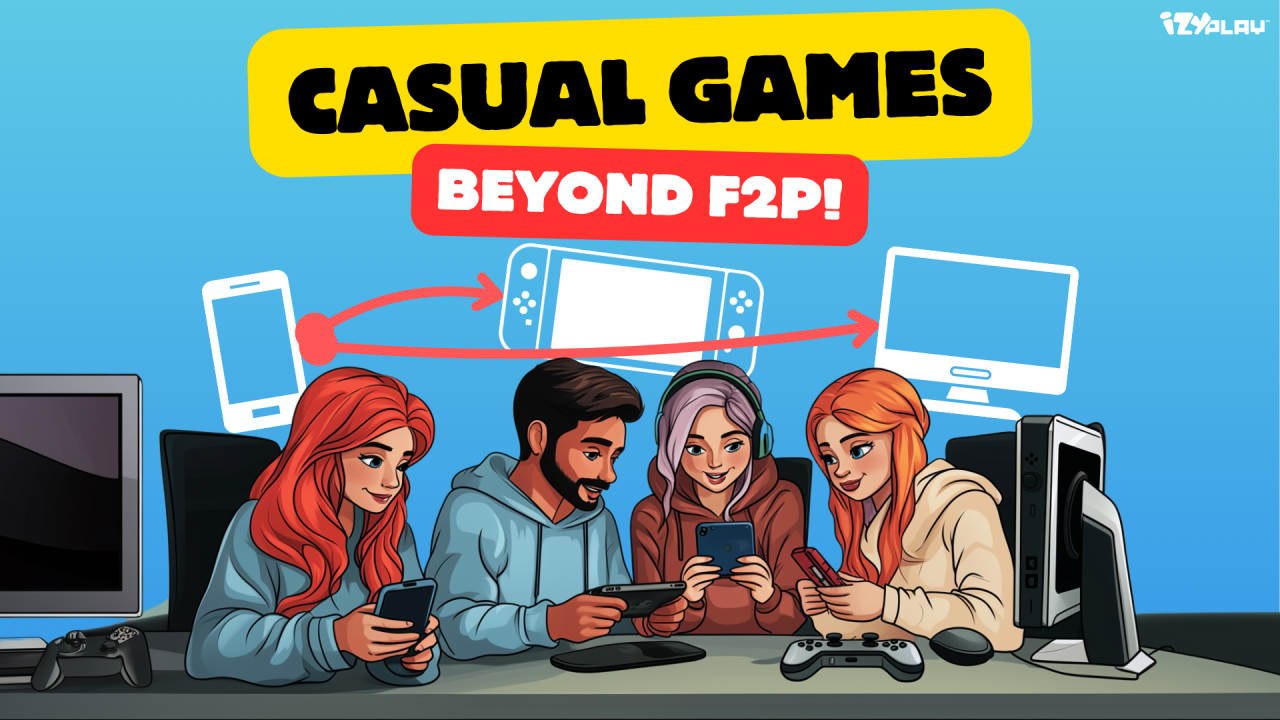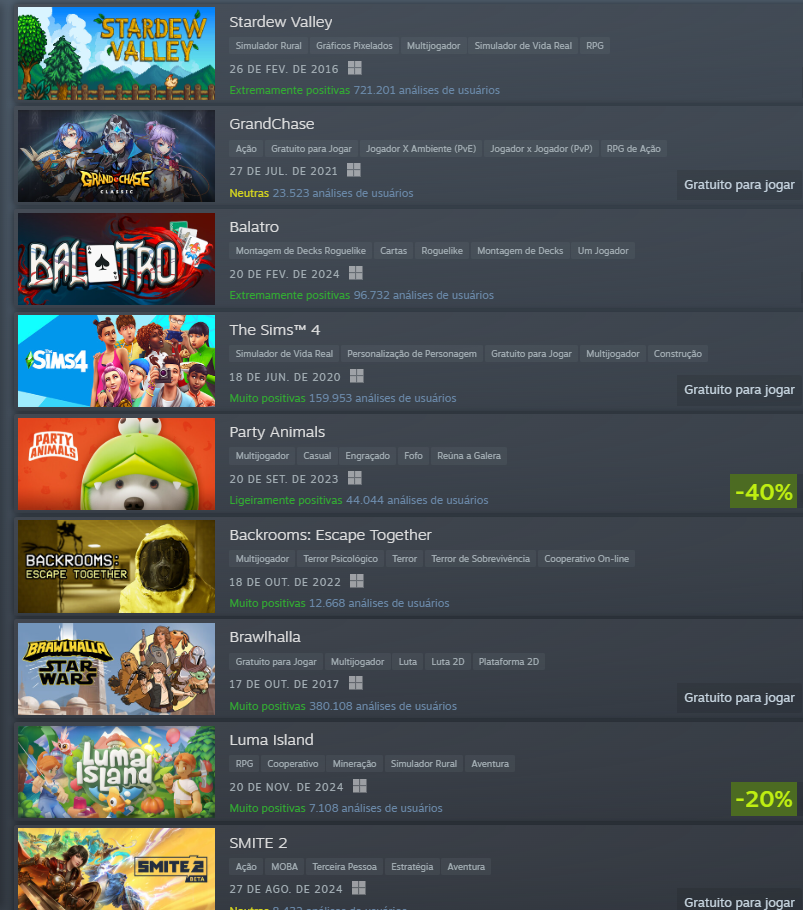

Introduction
If I start this post by saying, “Retention in mobile games is a strategic topic and the foundation for any title’s success,” I might risk losing your attention. But what if I rephrase it as, “Retention is fundamental for all games, regardless of platform or business model”? Would that grab your attention more effectively?
Let’s start by analyzing the average player in 2025 to understand better. This individual divides their attention and time across various entertainment options, such as games, social media, news, cinema, music, and more. This abundance of “entertainment offerings” creates a behavior of higher expectations and lower tolerance for consumed content. For games, the rule is no different—in fact, it's even more relevant.
- Ah! But isn’t this only a problem for the mobile F2P market?
Years ago, yes! Today, certainly not!
Casualness
To understand why, let’s start with a curious—and perhaps lesser-known—fact: the gaming industry is becoming increasingly casual. Consider the following:
What is the current market-leading console? The Nintendo Switch, is a portable console perfectly aligned with casualness.
What is the biggest innovation in the PC world, having sold over 15 million devices so far? The Steam Deck (and its competitors), is a portable PC that embraces casual gaming.
Finally, and most importantly, what platform has dominated half of the industry for years? Smartphones are globally recognized for their portability and casual games.
- Okay, but what defines a game as casual? Is it just that you can play it anytime?
Yes, but not only that. In this context, I would say there are four main characteristics:
Have you noticed that many Steam hits are casual? Please take a look at the category below and the wide range of sub-genres it encompasses:

https://store.steampowered.com/category/casual/
Casualness is a feature, not a genre. As observed above, there are dozens of different genres that are also considered casual games.
It’s worth debunking the myth that casualness means triviality or less meaningful experiences. Nowadays, casualness is more about being flexible and compatible with a busy, multi-tasking lifestyle—and that’s great!
Just as casualness has become an important feature for modern game projects, retention has too.
Retention
Retention refers to the Key Performance Indicator (KPI) that measures a game’s ability to keep players engaged and active over time. It helps developers understand session lengths, when players stop playing when they return, and more.
This KPI, once exclusive to the Free-to-Play (F2P) business model, is now highly relevant across various platforms and business models.
For example, Most subscription platforms calculate a game’s revenue for developers based on user gameplay time, rather than the number of downloads.
Premium platforms like Steam have also adopted retention as a crucial metric to identify games most relevant to their users. The more hours of fun a game generates on Steam, the more prominence the platform gives it.
If this makes sense to you and raises the question:
- “How can I leverage casualness to make my project or studio more competitive?”
I believe I can help.
This series of articles aims to assist studios worldwide in better understanding how to integrate casualness and retention into their projects, making them more competitive regardless of platform or business model.
In the next part, we’ll explore the types of retention, the game elements related to it, and the difference between engagement and Entrapment.
:)

Written by Izyplay Game Studio